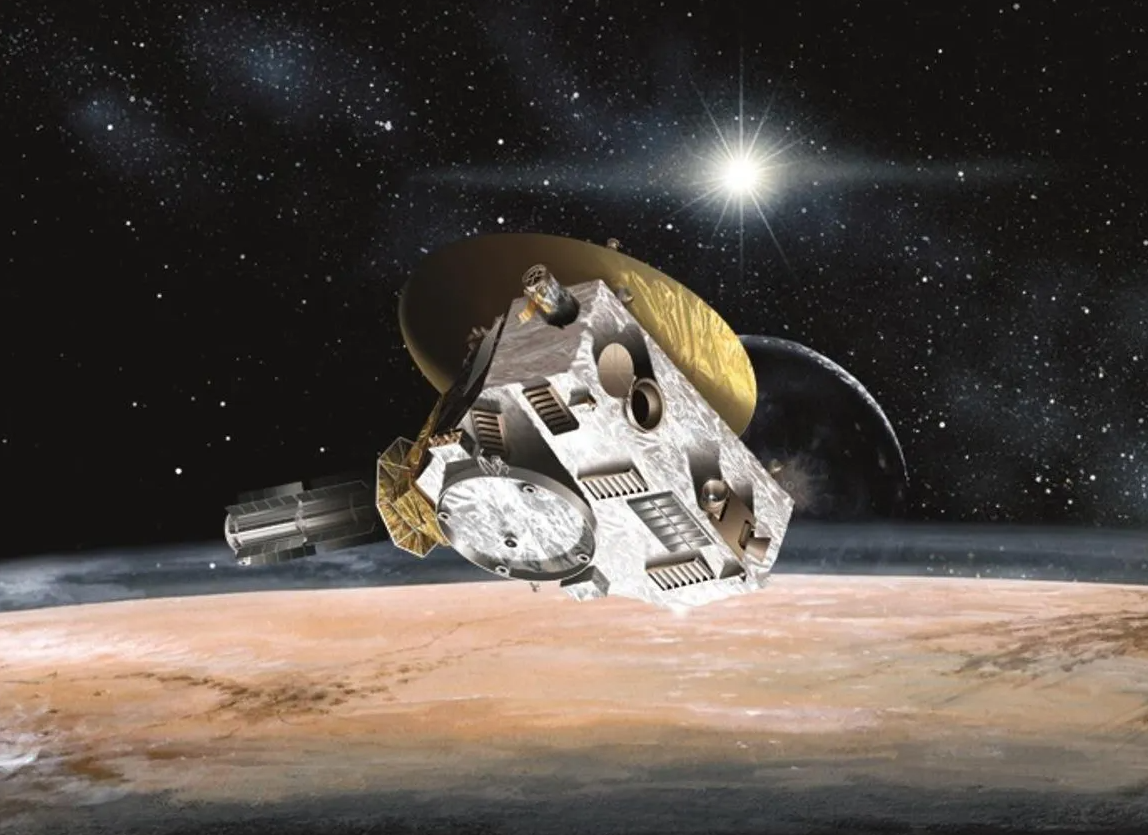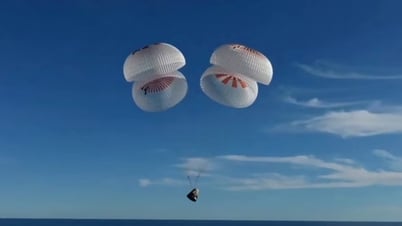
Simulation of NASA's New Horizons spacecraft
NASA's famous New Horizons spacecraft will continue its mission to explore the little-known region from the edge of the solar system onwards, in the Kuiper Belt region of space.
NASA has decided to extend the New Horizons mission until the spacecraft leaves the Kuiper Belt, which is expected to be as early as 2028. Previously, NASA's spacecraft was supposed to "retire" at the end of 2024.
During its time traveling through the cold reaches of the solar system, New Horizons will focus primarily on collecting data on solar physics, observing how the sun interacts with its surroundings.
The spacecraft will observe the sun in low-power mode, while also being tasked with finding a Kuiper Belt object to attempt a flyby.
The New Horizons spacecraft was launched on January 18, 2006 and has spent nearly 15 years traveling to the outer edge of the solar system (about 50 times the distance between the Earth and the Sun).
From here, NASA spacecraft began exploring the Kuiper Belt, a belt of icy bodies that exists beyond the orbit of the eighth planet, Neptune. This is the region that contains the remains of the birth of the Solar System.
Studying the area could allow scientists to piece together the story of the origins of the Earth and its planets.
NASA to appoint new director of UFO research
Humanity has only had a few opportunities to explore the Kuiper Belt so far, with the help of two spacecraft that reached it: NASA's Pioneer 10 in 1983 and then New Horizons while the spacecraft studied the dwarf planet Pluto in 2015.
Source link


![[Photo] General Secretary To Lam arrives in Minsk, begins state visit to Belarus](https://vphoto.vietnam.vn/thumb/1200x675/vietnam/resource/IMAGE/2025/5/11/76602f587468437f8b5b7104495f444d)


![[Photo] General Secretary To Lam meets and expresses gratitude to Vietnam's Belarusian friends](https://vphoto.vietnam.vn/thumb/1200x675/vietnam/resource/IMAGE/2025/5/11/c515ee2054c54a87aa8a7cb520f2fa6e)





























![[Photo] General Secretary To Lam concludes visit to Russia, departs for Belarus](https://vphoto.vietnam.vn/thumb/1200x675/vietnam/resource/IMAGE/2025/5/11/0acf1081a95e4b1d9886c67fdafd95ed)



































































Comment (0)